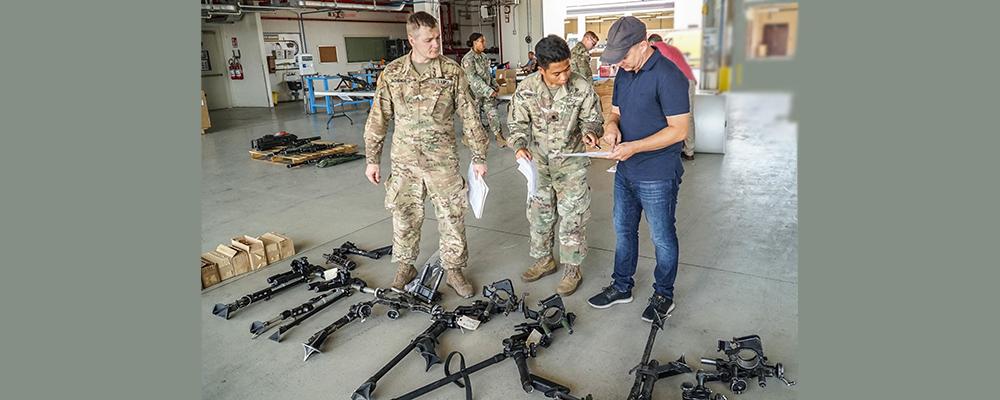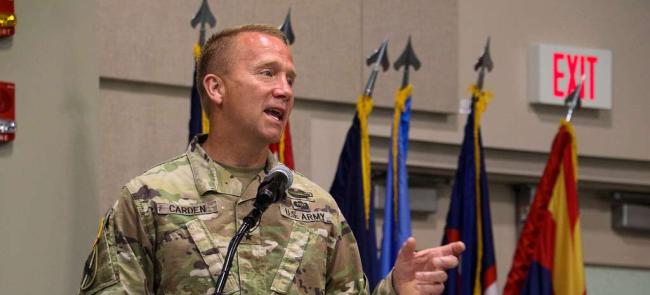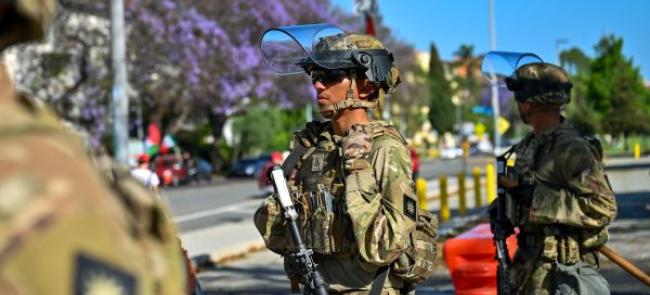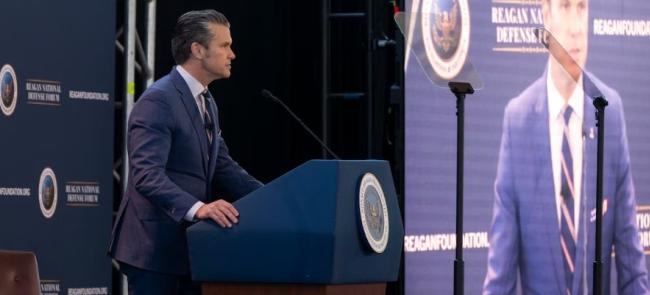
The procedure to recover lost or damaged property is now digital Army-wide, thanks to an innovation by the Minnesota Army National Guard to improve its stewardship of property.
“We are moving from a 1977 Pontiac to a 2020 Ford,” says Col. Joe Ricker, the Army G-4’s deputy director for enterprise systems. “It is certainly a big change.”
The change means all soldiers can now initiate Financial Liability Investigation of Property Loss procedures electronically. The process, called eFLIPL, is similar to using online tax software programs, where users answer questions and the forms are completed in the background.
The Army has billions of dollars of assets in inventories, and ensuring accountability and maintenance of it is not only important but also a challenge. All soldiers sign for individual equipment, but soldiers don’t always realize just how expensive the equipment is until it is lost or damaged.
The Army uses the investigations to determine if the loss was caused by negligence or willful misconduct, and if assessing financial liability is appropriate, says Sgt. 1st Class Bobby Johnson, senior logistics staff noncommissioned officer in the G-4’s Property Accountability Division.
Johnson says the process includes several layers of review, can take months and involve many people.
“With the electronic system, it will reduce the burden on commanders,” he says. “They will be able to have better oversight. There will be uniformity among all commands. The process will be easier to audit; it will help anyone at any level initiate a FLIPL, and it will let us spot trends to see if policies need to be changed.”
Like many great inventions, eFLIPL started out as a simple idea by one soldier — Maj. Chris Larson – in the Minnesota National Guard, who wanted to streamline a manual process. Larson had a team from the Minnesota Guard who helped him build and implement the automated system.
Their results were immediate. They found it cut administrative errors and inconsistent packets, and reduced the time it took to process the FLIPL.
The system received such good reviews by the Minnesota Guard that the entire Army Guard implemented it in October 2018. It has had a positive impact on how lost, damaged or destroyed property is assessed.
All Army organizations now need to be on the system by Oct. 1.












